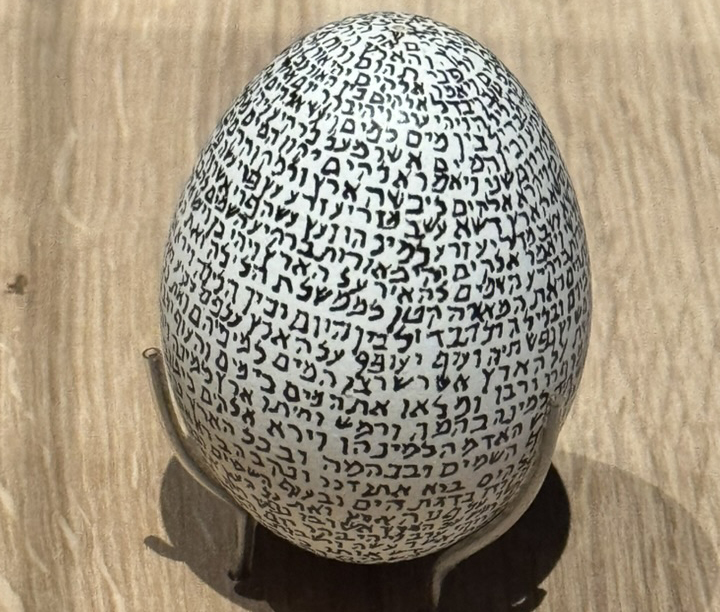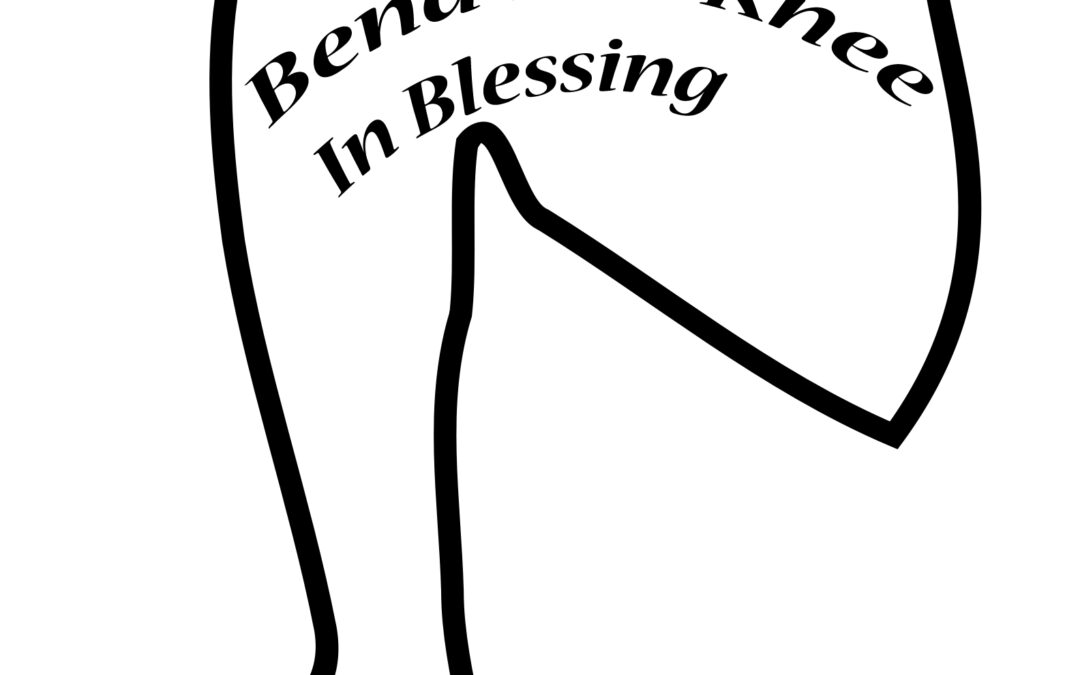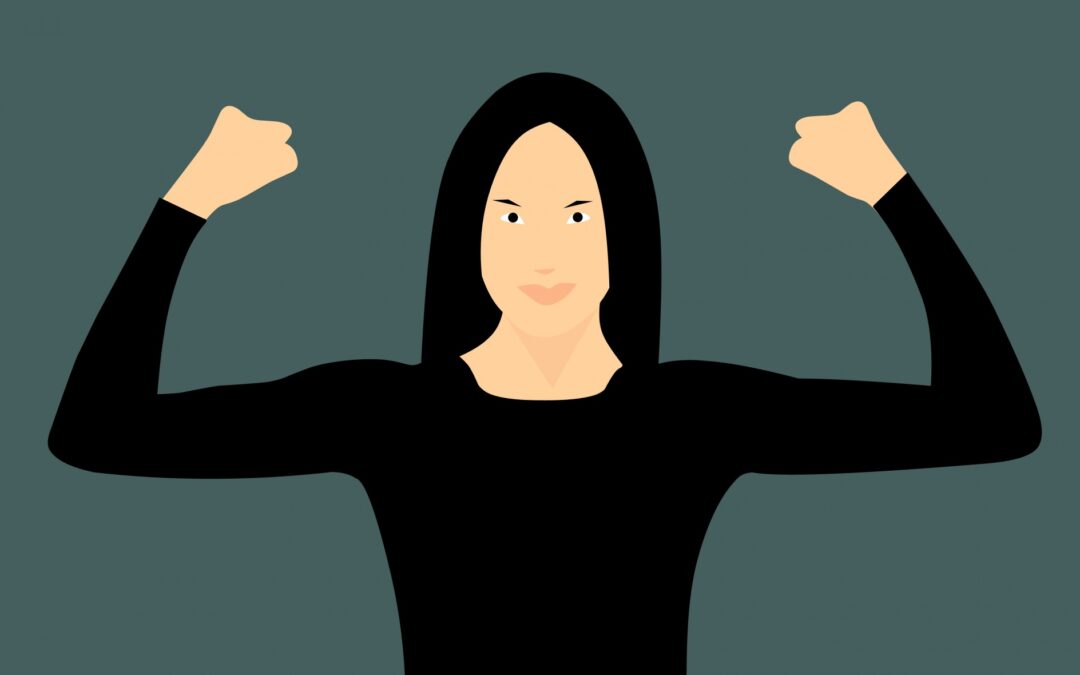
https://www.flickr.com/photos/valeriebb/2602286154/ used under creative commons license
I love studying Talmud, and one of the reasons is because it allows me to get into the hearts, lives and minds of our rabbinic sages, the people who struggled to make our sacred texts accessible, and who created the Judaism we know today. The destruction of Jerusalem and her Holy Temples ended the practice of sacrificial offerings and gave way to prayer as a way to likrov, “to draw close” to God.
At this point in daf yomi, the practice of reading a page a day of Talmud, we’re looking at the tractate having to do with the festival of Sukkot. For the past two weeks I’ve been reading about rabbis arguing about what material can be used for the skakh, the roof of the sukkah, and on page 14, a discussion about using straw to tie bundles of something to use for roofing ends with a comment that sparks a complete non-sequitur.
Apparently, the straw helps keep bundles together and is helpful when turning the bundles with a pitchfork, eter.Imagine Rabbi Yossi, Rabbi Yochanan and Reish Lakish sitting together when seemingly out of the blue, Rabbi Elazar asks, Why are the prayers of the righteous likened to a eter/pitchfork?
Sounds like the beginning of a riddle, but he continues. It is written: “And Isaac entreated–vayetar–the Lord on behalf of his wife, because she was barren” (Genesis 25:21), to say to you: “Just as this pitchfork overturns the grain on the threshing floor from place to place, so too, the prayers of the righteous overturn the mind of the Holy Blessed One from the attribute of strict justice to the attribute of mercy, and the Holy One accepts their prayers.” And the text moves on.
Does Rabbi Elazar make this play on the word eter to add some theology or spirituality into a technical discussion, or is the Talmud simply reminding us that our brains work in amazing ways? Or both? As someone whose brain makes these leaps all the time, I appreciate the fact that things like this are recorded in our rabbinic literature for posterity; the fact that it wasn’t edited out is significant.
The timing is interesting as well. Reading this just days after Tisha B’Av, at the beginning of the seven weeks leading up to Rosh Hashanah, sets the tone for the whole Yamim Noraim, the “Days of Awe,” where our goal is to show God that we’re continually working to be our best selves, and that the Holy One of Blessing should please judge us for life and blessing through the Divine attribute of rachamim, “mercy.”
May the coming weeks bring us the blessing of introspection and may God accept our prayers.









0 Comments